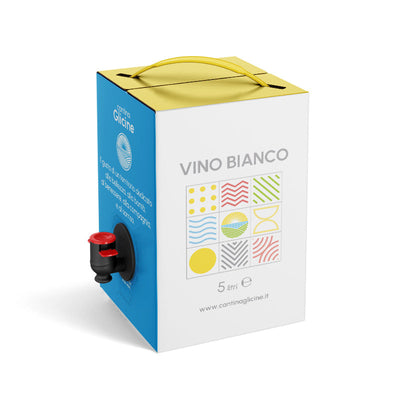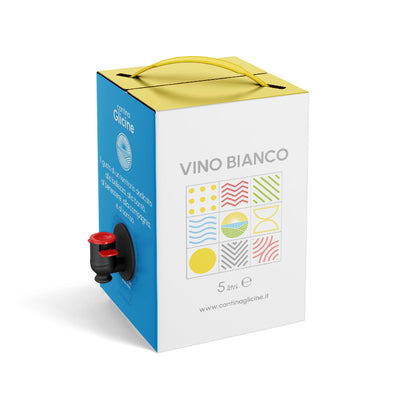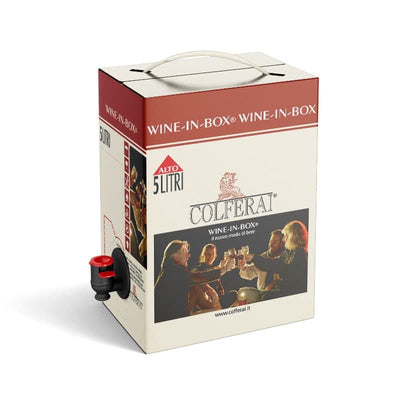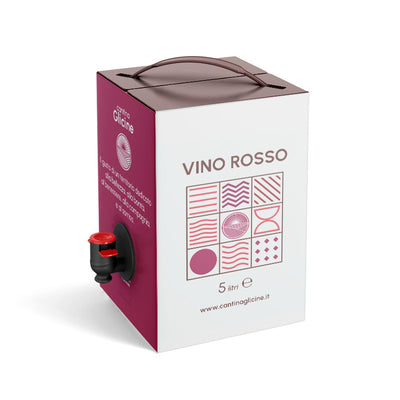Emilia Romagna
Emilia Romagna is one of the largest wine regions, with about 60,000 hectares of vineyards. The region is actually divided into two distinct geographical and cultural areas: Emilia , in the western part, home of Lambrusco and sparkling red wines; and Romagna , in the eastern part, where still wine is mainly produced with Sangiovese , Albana and Pignoletto grapes .
The history of viticulture in Emilia Romagna
The history of viticulture in Emilia Romagna predates the Romans and is linked to its most famous grape, Lambrusco , already mentioned in the Naturalis Historia by Pliny the Elder. Cagnina (Teran grape variety) was instead introduced in the fifth century from Dalmatia. In later times it was the order of the Benedictines that made a great contribution to the viticulture of the region. With the arrival of phylloxera, at the end of the nineteenth century, viticulture in Romagna suffered a sudden setback, but it was only a brief interlude, because in the mid-twentieth century, producer cooperatives gave a significant boost to the development of Lambrusco, making this wine known all over the world.
The vines of Emilia Romagna
Emilia Romagna, from the point of view of the vines, is ideally divided into two. In Emilia, in the Piacenza area, the most widespread vines are the black grape varieties, Barbera and Croatina which characterize the Gutturnio DOC and in part the Bonarda. As white grape varieties we find the aromatic Malvasia di Candia and the white Moscato, in addition to the native Ortrugo vine. Also widespread are international vines such as Chardonnay, Pinot Blanc and Pinot Gris, Riesling Italico and Müller-Thurgau. In the areas of Reggio-Emilia and Modena, Lambrusco reigns supreme in all its variations (Salamino, Grasparossa, di Sorbara, etc.). In the Bologna area, however, the white berried Pignoletto is widespread and in the Ferrara area the black berried Fortana.
In Romagna , the most important vines are Sangiovese , Trebbiano Romagnolo and Albana. The most important wine-growing areas are the hills around Faenza, Forlì, Cesena and Rimini.
The Designations of Origin in Emilia Romagna
In Emilia there is only one DOCG , the Colli Bolognesi Classico Pignoletto DOCG . The DOCs, on the other hand, are numerous: Gutturnio Doc, Lambrusco di Sorbara DOC, Lambrusco Grasparossa di Castelvetro DOC, Lambrusco Salamino di Santa Croce, Ortugo dei colli Piacentini DOC, etc. Even Romagna has only one DOCG, the Romagna Albana DOCG . The most important DOCs are the Romagna DOC and the Colli della Romagna Centrale DOC.


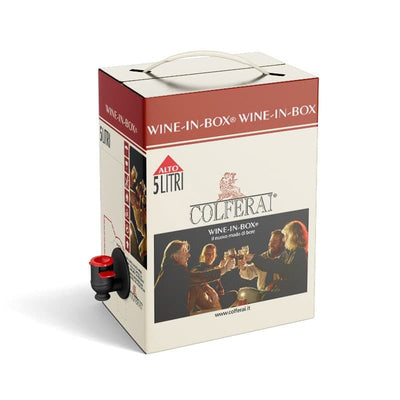
 Emilia Romagna, Italia
Emilia Romagna, Italia
